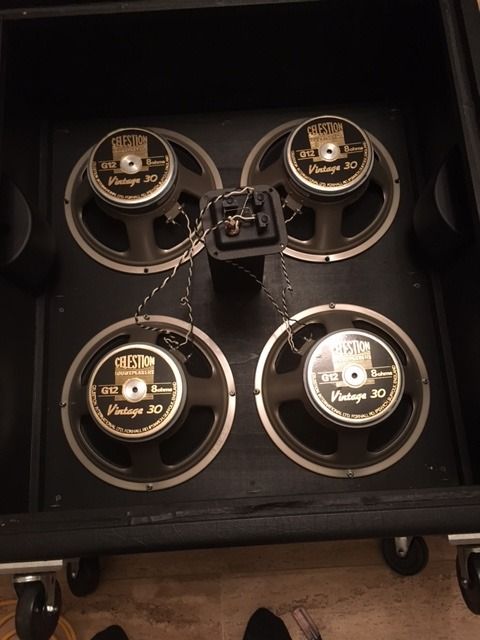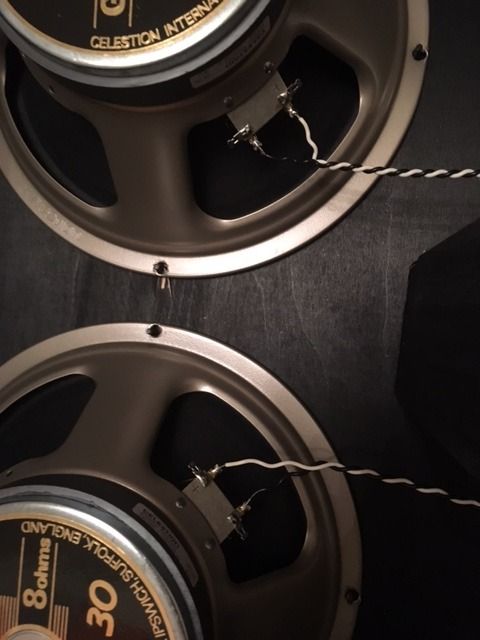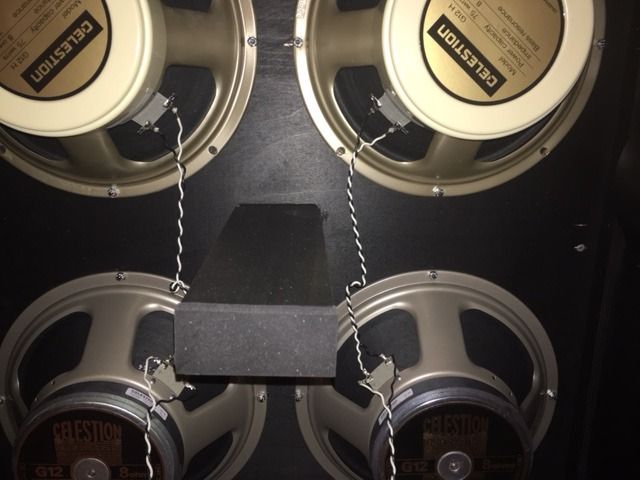Peter,
I understand that. However, I suspect the Marshall may be out of phase to the Road King when running the two amps in tandem. The only way I can confirm is to use my Mark V with the FX loop Active as it becomes out of phase with other Mesa products do to the method how the FX loop is fed inside the amp as it causes signal inversion or phase shift. I will mix the Mark V with another Mesa amp, perhaps the Roadster which is closer to the Road King. I will probably have to try it with the FX loop enabled (switch on the back) and then turned off. Not sure what the end result will be when running thought he same cab. I will also drive both amps with a common signal from a stereo pedal (Delay) either on or off as I have used this before to run two amps at the same time. I was responding to Samuel's comments on the Mark V.
I do not have any other means to get an amp out of phase to the other. If the cabinet sounds weak or lacking when using two amps though the same cabinet but sounds normal with only one in use, that would be a phase issue between the two amps. If both amps are receiving the same signal and if one is out of phase, the end result will be cancelled waves or frequencies that are opposite to each other, and frequencies that are not or are different due to the difference of tone or character of each amp will be heard. This is not a bad thing about either amp, and may be more common than one would think. If both amps were in phase with each other, the end result would be the desired effect without tone loss or cancellation of sound of competing frequencies.
The exact same thing would happen with a single speaker. Once in the cabinet, the sound does not get mixed with the back side of the speaker so it sounds full and loud. Remove the speaker from the cabinet and send the same identical signal to its terminals and the stronger frequencies (generally the low end) will be lost due to sound waves canceling each other that are radiated from both sides of the speaker. Sound from the back will be 180 degrees out of phase with that from the front of the cone.
If this is the case, all you need to do is introduce a phase shift of the signal feeding into the input of one amp only in order to minimize the cancellation of the main body of the signal after it has been amplified and sent to the cabinet. The buffer is one item that can invert the signal or shift its phase.
 These are 2 new 8ohm CB75 speakers I purchased specifically for the cab. The 16ohm are sitting in the garage after I pulled em from combo until I decide if they will go into the 2x12 which they probably will. See below. I took a close up of the original wiring to avoid fat fingering the wiring. To me I think its ok. Peter
These are 2 new 8ohm CB75 speakers I purchased specifically for the cab. The 16ohm are sitting in the garage after I pulled em from combo until I decide if they will go into the 2x12 which they probably will. See below. I took a close up of the original wiring to avoid fat fingering the wiring. To me I think its ok. Peter










